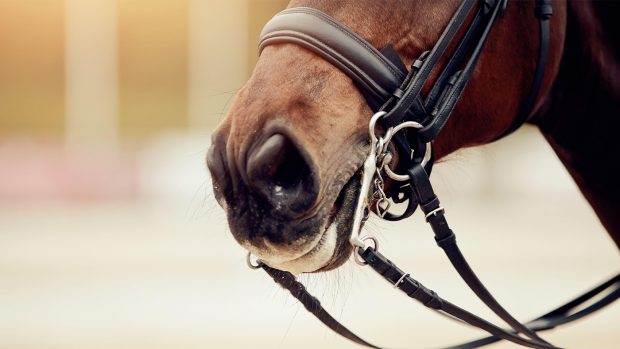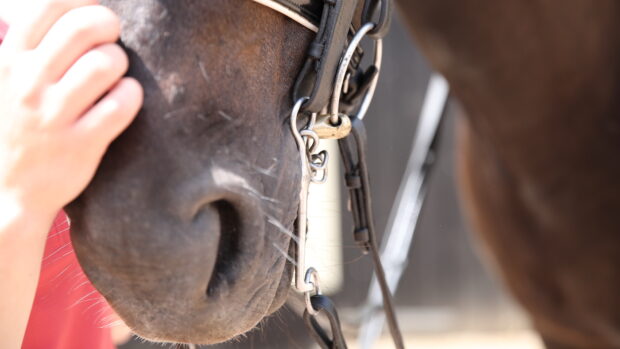AT the World Equestrian Games in August 2006, several riders, including Andrew Nicholson and Andrew Hoy, used a bitless bridle for the show jumping phase. Is this a growing trend in eventing?
Are hackamores becoming more popular, and if so, why?
MARTYN Gaynon, bitting expert at retailers Equiport, has noticed a growing trend towards hackamores over the past few years.
But according to Kenneth Clawson, show jumping trainer to the British eventing team, professional eventers have always used them and he hasn’t noticed a big increase in their use.
“Hackamores can give a different feel for a rider whose horse is tired or heavy after cross-country,” Kenneth explains.
“If a horse has a sensitive mouth to start with, after 12min cross-country they can be a bit sore or become insensitive.”
This can lead to the horse being unresponsive to the aids or hollow over his fences.
Who else uses one, and why?
THIS year’s Scottish Open champion Ruth Edge won with Marsh Mayfly show jumping in a hackamore.
“She has a sensitive mouth and takes a good hold across country. The hackamore helps her jump in a better shape,” says Ruth.
Eventer Hannah Bate is a hackamore fan. She won Windsor with one in 2002 riding Welton Rip Rap. Now she has Valdemar, who contested Blenheim this year, and whom Hannah cannot check if jumping in a bit.
“For a hard-pulling horse he’s sensitive in the mouth,” she says. “When you take a pull, he stiffens his whole body, throws his head up and panics. In the hackamore he doesn’t feel threatened and it helps me keep him together.”
Are there any drawbacks to a hackamore?
HACKAMORES come in different styles — those with long shanks are more severe. Of course it’s important they are fitted correctly.
“People can have them too low. They should be fitted quite high,” says Kenneth. “They should only be used by people with quiet hands.”
Some horses can overreact to the nose pressure, and steering can become difficult.
“For professionals whose horse is sensitive in the mouth, a hackamore could be the answer. But they shouldn’t be used by an amateur whose horse’s mouth is sore, the mouth should be healed before returning to a bit,” cautions Kenneth. “The use of a hackamore should be monitored by the rider’s trainer.”
This Q&A was first published in Horse & Hound (21 September, ’06)


